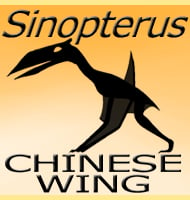Arcticodactylus
In Depth Originally named as a species of Eudimorphodon, Arcticodactylus is a genus of small pterosaur that was flying in the skies above Greenland during the late Triassic. Back when Arcticodactylus lived, Greenland was much warmer that what it is today. Further Reading - Comments on Triassic pterosaurs with discussion about ontogeny and description of … Read more
